Buried two kilometres underground in an active ore mine, DEAP-3600 is the most sensitive dark matter detector of its kind. Scientists are hoping to shine a light (so to speak) on one of the deepest mysteries of physics.


Buried two kilometres underground in an active ore mine, DEAP-3600 is the most sensitive dark matter detector of its kind. Scientists are hoping to shine a light (so to speak) on one of the deepest mysteries of physics.
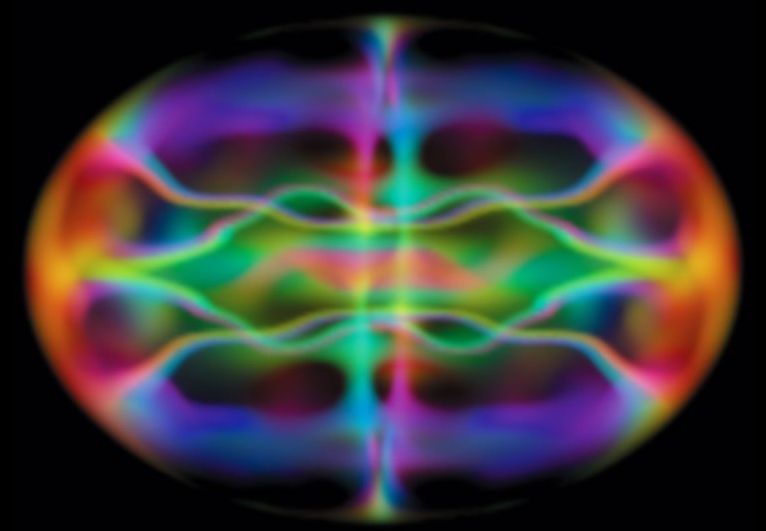
A certain dark matter candidate could clump into stars where it would behave like the Borg race in Star Trek – and this might make it observable.
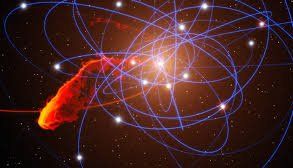
Which mean for us?
Recently, quantum gates and quantum circuits have been found when portfolios of stocks were simulated in quantum computation processes, pointing out to the existence of a bizarre quantum code beneath the stock market transactions. The quantum code of the stock market might prove to have a more profound signification if is related to the recent finding of quantum codes at the deepest levels of our reality, such as quantum mechanics of black holes and the space-time of the universe. Could this mysterious stock market quantum code be a tiny fragment of a quantum code that our universe uses to create the physical reality?
John Preskill’s talk „Is spacetime a quantum error-correcting code?” held at the Center for Quantum Information and Control, University of New Mexico, and previously at Kavli Institute for Theoretical physics, may represent a turning point in physical research related to questioning the existence and evolution of our Universe. The essence of this talk may change forever our understanding of the Universe, shifting the perspective of physical research from masses and energies to codes of information theory.
John Preskill, professor at California Institute of Technology, is well known mostly for his remarkable developments of quantum computational models, more specifically topological quantum computing. Preskill’s lectures inspire a whole generation of brilliant physicists working on quantum computation. This experience in quantum computing may point out Dr. Preskill to knock at the Universe gates with the unique perspective of a quantum code reality.
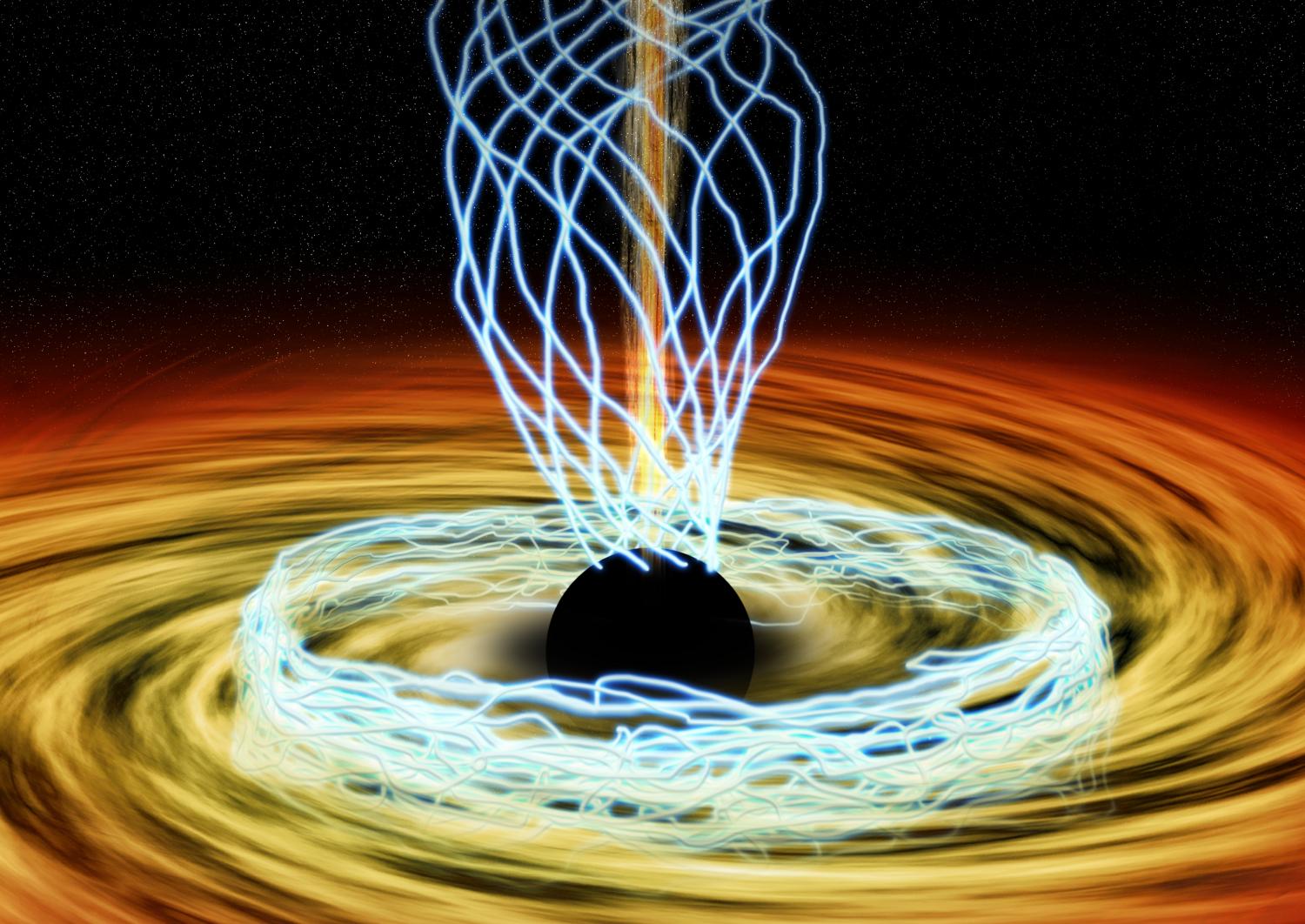
Most people think of black holes as giant vacuum cleaners sucking in everything that gets too close. But the supermassive black holes at the centers of galaxies are more like cosmic engines, converting energy from infalling matter into intense radiation that can outshine the combined light from all surrounding stars. If the black hole is spinning, it can generate strong jets that blast across thousands of light-years and shape entire galaxies. These black hole engines are thought to be powered by magnetic fields. For the first time, astronomers have detected magnetic fields just outside the event horizon of the black hole at the center of our Milky Way galaxy.
“Understanding these magnetic fields is critical. Nobody has been able to resolve magnetic fields near the event horizon until now,” says lead author Michael Johnson of the Harvard-Smithsonian Center for Astrophysics (CfA). The results appear in the Dec. 4th issue of the journal Science.
“These magnetic fields have been predicted to exist, but no one has seen them before. Our data puts decades of theoretical work on solid observational ground,” adds principal investigator Shep Doeleman (CfA/MIT), who is assistant director of MIT’s Haystack Observatory.

Stephen Hawking’s “Brief History of Time” was one of the first popular science books I read, and I hated it. I hated it because I didn’t understand it. My frustration with this book is a big part of the reason I’m a physicist today – at least I know who to blame.
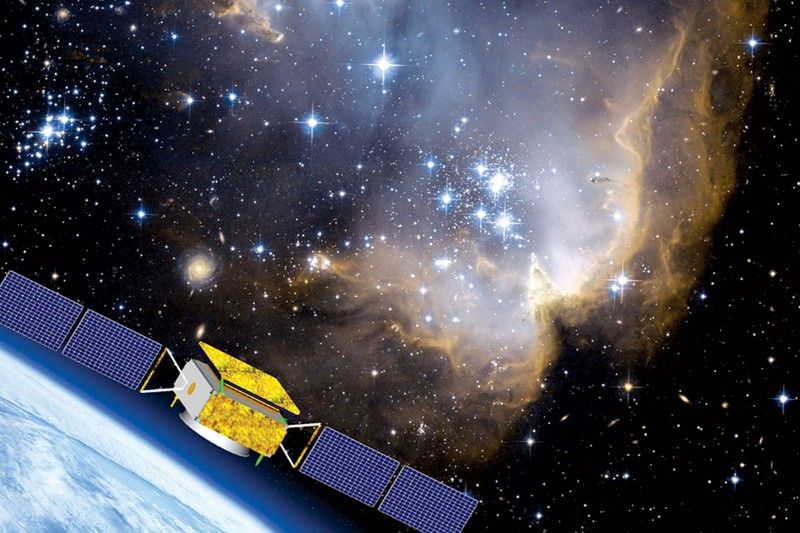
Shadowy hints of dark matter’s true nature are set to be boosted by a new particle and gamma-ray detector being launched into orbit.

Interesting…
To suggest that quantum mechanics and gravity are on the verge of being reconciled would be, to the physics world at least, as significant as the discover of splitting the atom. While splitting the atom might have led to the nuclear bomb, it also led to the technology of nuclear power, i.e. nuclear fission, which, if harnessed properly, creates a renewable and sustainable energy resource. The problem has always been that quantum mechanics — the rules that govern sub-atomic particles — and gravity, the rule that governs mass as we know it (the stuff we can touch and feel), do not agree with each other. The question has always been, what is it that “unifies” these two theories? Is quantum mechanics God playing dice, as Einstein suggested?
“God doesn’t play dice with the universe.”
Stephen Hawking and his colleagues have come to a possible answer. Think of your television. You watch shows and movies and you are not thinking how unrealistic the movie is because it is on your two dimensional screen. The two dimensions represent information which is perceived by your brain as an accurate portrayal of the three dimensional universe. In short, the three dimensional universe is captured in two dimensions; reality becomes a hologram. Out reality could be nothing more than a television show if we extend Hawking’s Theory to the entire universe.

The solar system might be a lot hairier than we thought. A new study publishing this week in the Astrophysical Journal by Gary Prézeau of NASA’s Jet Propulsion Laboratory, Pasadena, California, proposes the existence of long filaments of dark matter, or “hairs.”
Dark matter is an invisible, mysterious substance that makes up about 27 percent of all matter and energy in the universe. The regular matter, which makes up everything we can see around us, is only 5 percent of the universe. The rest is dark energy, a strange phenomenon associated with the acceleration of our expanding universe.
Neither dark matter nor dark energy has ever been directly detected, although many experiments are trying to unlock the mysteries of dark matter, whether from deep underground or in space.
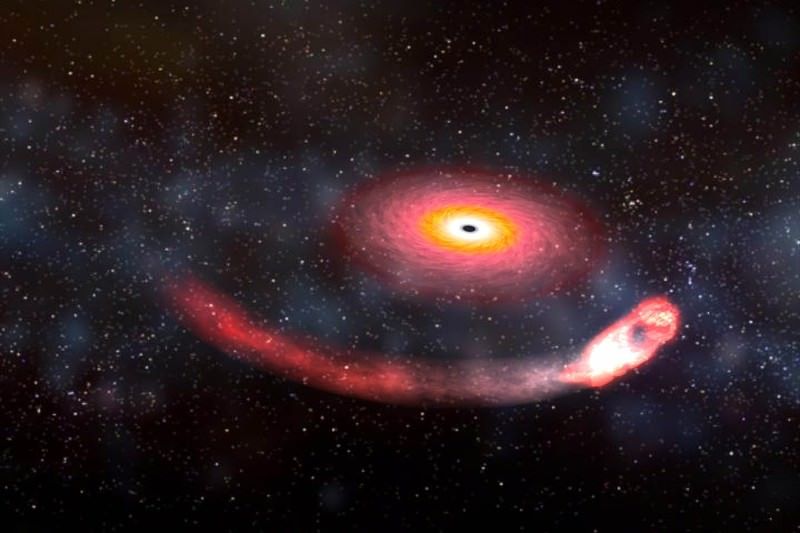
Just before a black hole and a neutron star collide, they may form a circuit that lights up for a few milliseconds – confirming Einstein’s theory.
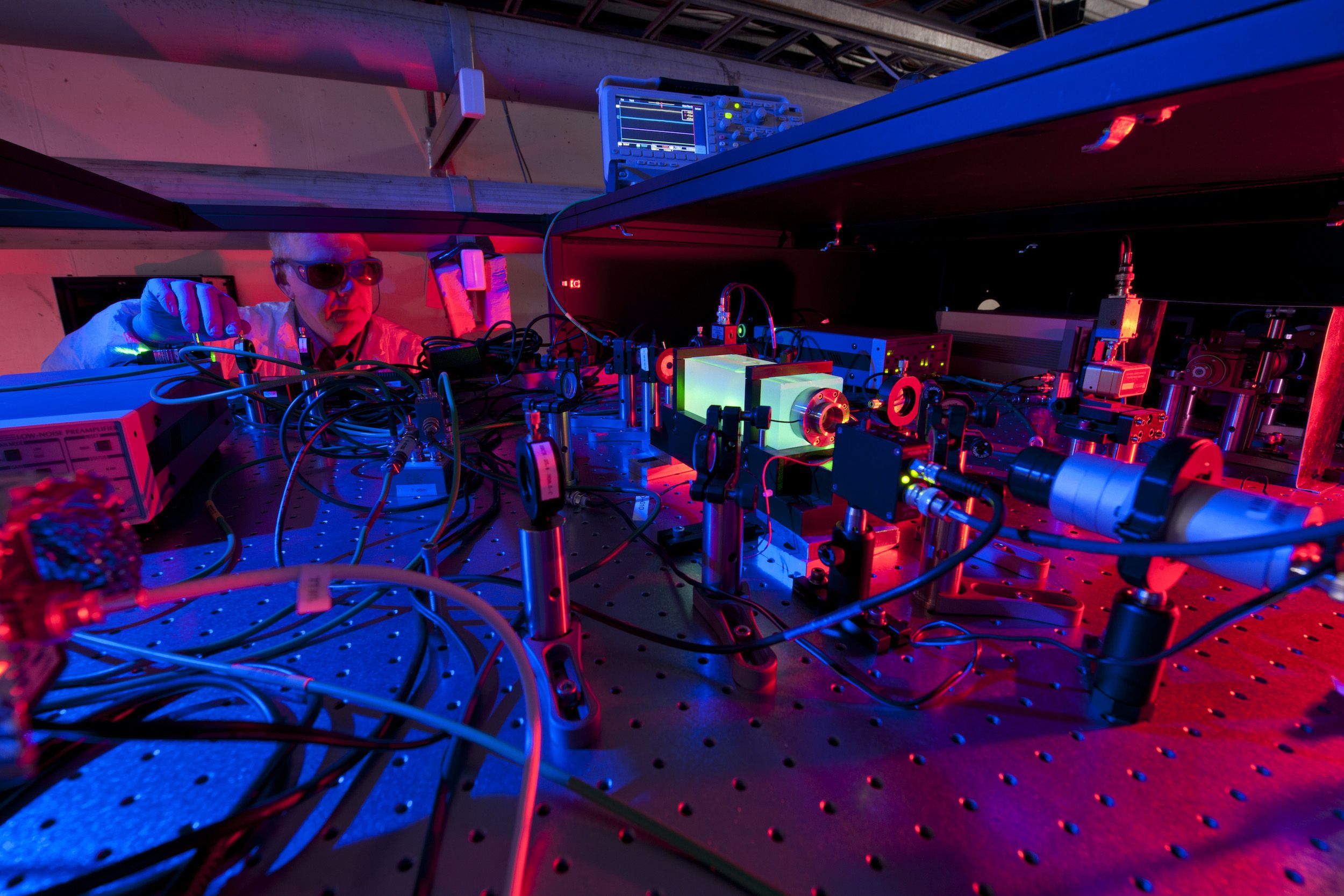
Old post,but interesting…
If the holographic principle does indeed describe our universe, it could help resolve many inconsistencies between relativistic physics and quantum physics, including the black hole information paradox. It would also offer researchers a way to solve some very tough quantum problems using relatively simple gravitational equations. But before we can be sure that we’re living in the Matrix, there’s still a lot of work to be done.
“We did this calculation using 3D gravitational theory and 2D quantum field theory, but the universe actually has three spatial dimensions plus time,” Grumiller said. “A next step is to generalize these considerations to include one higher dimension. There are also many other quantities that should correspond between gravitational theory and quantum field theory, and examining these correspondences is ongoing work.”
Beyond the theoretical considerations, there’s the entirely different matter of pulling back the illusion and experimentally observing the holographic nature of reality. As it happens, physicists at the Department of Energy’s Fermilab are now trying to do just that.